OctaneRender 3 announced
Mar 18, 2015 by CGP Staff
1
|
Otoy announced the features of v3 of its physically-based, unbiased GPU renderer. The new version incorporates industry standards for GPU rendering such as Open Shader Language (OpenSL) and OpenVDB for particle simulation, and features like volumetric light field primitives and procedural microfacet displacement primitives.
OctaneRender 3 also supports a live and offline baking tool chain for game engines such as Unreal Engine 4 and Unity, and publishing of navigable baked scenes as well as cinematic content authoring for HTML5, VR and AR, using scripting nodes directly from applications such as 3DS Max, Maya and Photoshop.
OctaneRender 3 highlights include:
Otoy also disclosed further details on OctaneRender Cloud, which is designed to enable cloud-based content creation, rendering and content distribution to complement the standalone OctaneRender implementations. Also of note, Otoy announced an updated version of its ORBX media format for real-time video streaming. The new version is aimed at VR and AR applications, and will allow to produce navigable scenes without the need of real-time engines. Otoy intends to open source the format.
Additionally, Otoy announced the upcoming release of OctaneVR a free version of OctaneRender designed for exporting VR images and animations in a format that can be directly viewed with the Oculus 360 Photos and Oculus 360 Videos apps on the Samsung GALAXY Gear VR. Navigable VR content and menus created with Octane Lua scripts can be exported as an ORBX file from OctaneVR and viewed through Otoy’s ORBX Media Player app on GearVR.
The ORBX Media Player will work with the Samsung GALAXY Gear VR, with support for Microsoft HoloLens and HTML5 WebVR coming in Q4 2015. OctaneVR will be available for download in April.
More on Otoy’s website.
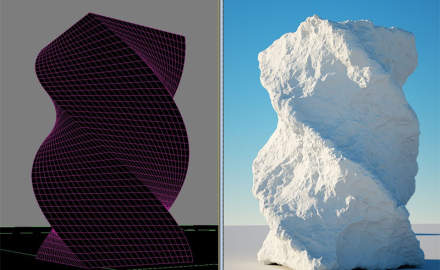
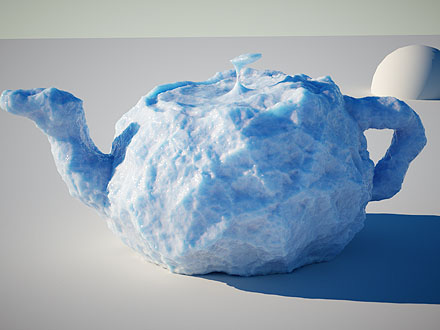
OctaneRender 3 also supports a live and offline baking tool chain for game engines such as Unreal Engine 4 and Unity, and publishing of navigable baked scenes as well as cinematic content authoring for HTML5, VR and AR, using scripting nodes directly from applications such as 3DS Max, Maya and Photoshop.
OctaneRender 3 highlights include:
- Volumetric rendering
- Deep pixel rendering
- FBX and Ptex support
- Split render passes, advanced per object reflection controls
- Removes limits on the maximum allowed primitive and triangle count
- Advanced live texture baking through Unreal Engine 4 and Unity plugins
- Open Shader Language (OpenSL) support
- OpenCL support
- New plugin APIs
Otoy also disclosed further details on OctaneRender Cloud, which is designed to enable cloud-based content creation, rendering and content distribution to complement the standalone OctaneRender implementations. Also of note, Otoy announced an updated version of its ORBX media format for real-time video streaming. The new version is aimed at VR and AR applications, and will allow to produce navigable scenes without the need of real-time engines. Otoy intends to open source the format.
Additionally, Otoy announced the upcoming release of OctaneVR a free version of OctaneRender designed for exporting VR images and animations in a format that can be directly viewed with the Oculus 360 Photos and Oculus 360 Videos apps on the Samsung GALAXY Gear VR. Navigable VR content and menus created with Octane Lua scripts can be exported as an ORBX file from OctaneVR and viewed through Otoy’s ORBX Media Player app on GearVR.
The ORBX Media Player will work with the Samsung GALAXY Gear VR, with support for Microsoft HoloLens and HTML5 WebVR coming in Q4 2015. OctaneVR will be available for download in April.
More on Otoy’s website.




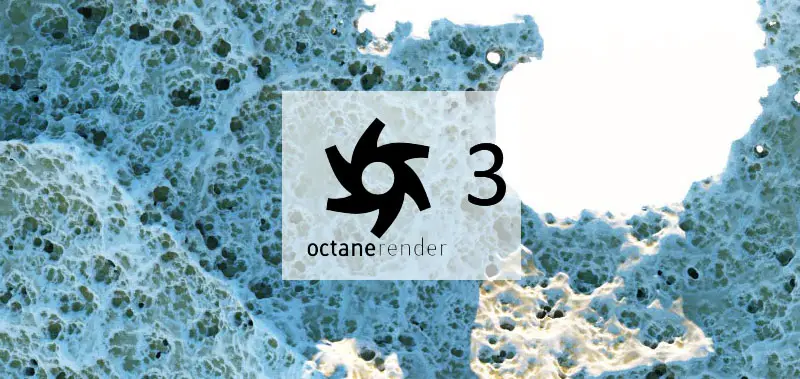
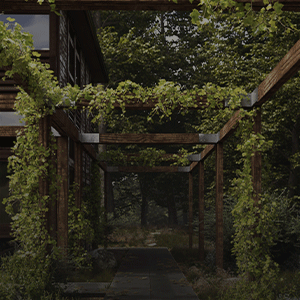
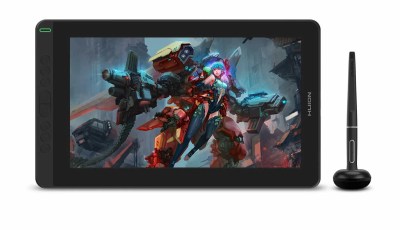




Pretty impressive!